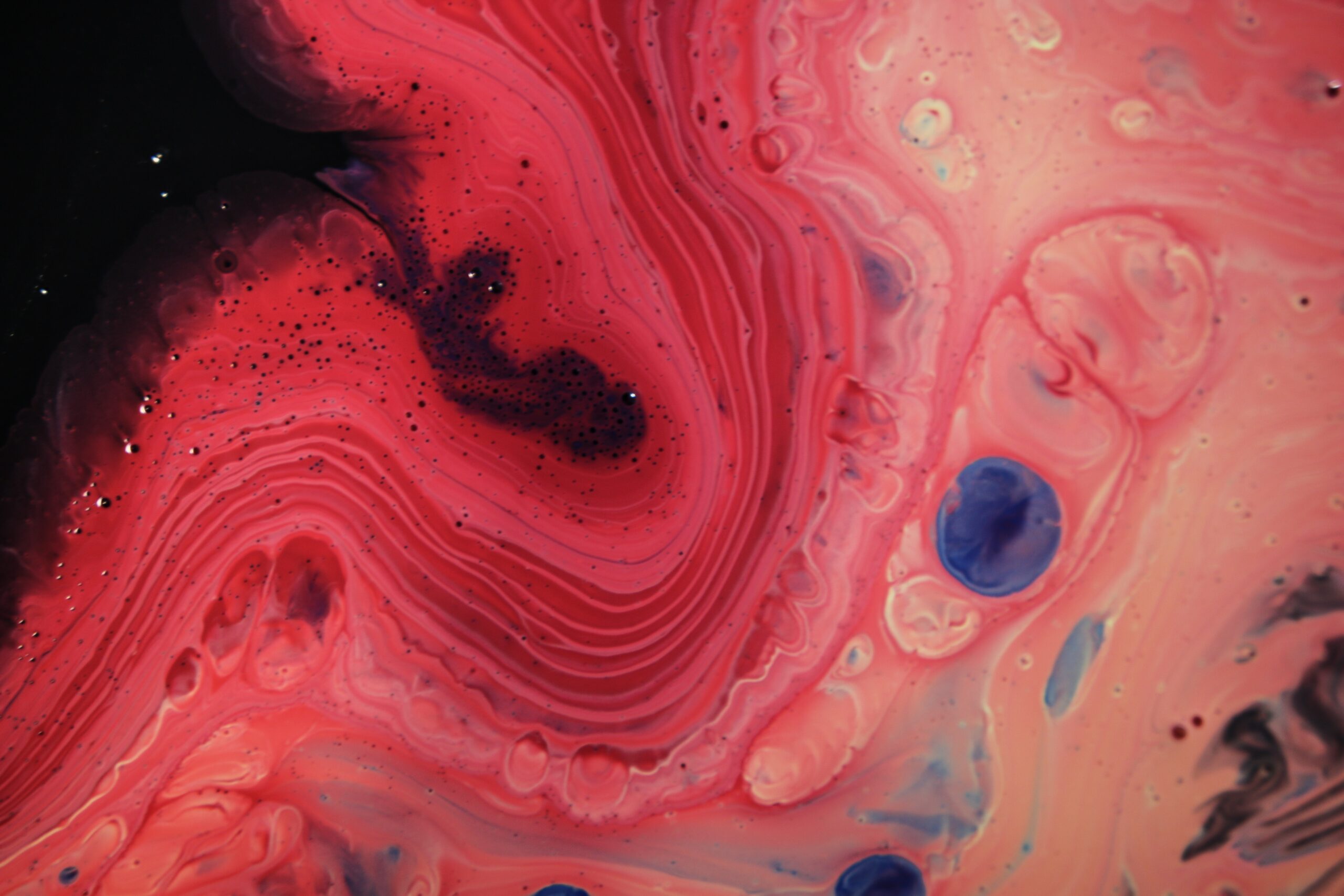The Problematics of Multiculturalism in Arts and Culture Institutions

Cupore’s former trainee Gökçe H. Sandal asks museums to confront their colonial history to be a truly multicultural space. Gökçe writes about her thesis subject and the principles of diversity and equality in culture institutions.
My MA thesis is called Women Artists from non-Western Backgrounds in the Swedish Context: An Intersectional Perspective to Artistic Resistance. The subject grew out of an interest to study artistic expressions as counter-narratives with regards to the topics of multiculturalism and equality in exhibition contexts.
Although these discussions have been on the agenda of cultural institutions for decades now, the common criticism suggests that there have actually been very few changes in the organizational structures to accommodate the principles of diversity and equality. This proves problematic because the emergence of museums as a state apparatus corresponds to the age of imperialism; meaning that museums have historically had a role to play in spreading the colonial discourse and its binary conceptualization of cultures. Thus, being a truly multicultural space requires the museum to have a hard look in the mirror and to confront its colonial history.
In today’s art world, the criticisms on museums’ multicultural practices often focus on the shallow nature of such practices. Art by artists of color often tend to be displayed as tokens without any critical discussions regarding access, inclusivity or multiculturalism taking place. Hence, simply exhibiting art by artists of colors in a space historically charged with hierarchies doesn’t offer much more than a symbolic gesture.
The hierarchies remain intact so long as the colonial discourses and the resulting power structures continue to be ignored. In fact, these tokenistic multicultural approaches often end up replicating such discourses, because their way of including artists of color as tokens shifts the focus away from the art itself and towards the artists’ racial background, which then confirms to the binary division of the West vs the Other.
The artists I focus on in my thesis use art as a tool to intervene in and criticize these multiculturalist practices of the contemporary art world. By inserting their individual perspectives and experiences, these critical artists often point at the stereotypes they are expected to the fulfill as the ‘other’ artist to fill up the allocated quota for them.
Such interventions expose the binary vision that is still present in institutions, and the hierarchical terms in which the inclusion takes place. Thus, instead of confirming to these expectations, critical artists instead demand structural transformation from the arts industry. Such transformations require museums to be more self-critical; and to actively engage with their discriminatory mechanisms.
The reason why I chose women artists in particular was to investigate the notion of artistic activism from an intersectional perspective. As Adrian Piper, one of the pioneering artists dealing with the themes of otherness and racism in her art works, argues; women artists of color need to “battle gender and race stereotypes simultaneously.” Therefore, the two critical artistic voices of women, non-Western artists practicing in Western settings are important sources of information that could help us comprehend the difficulties that arise at this particular intersection.
Besides, the challenge these artists pose to the stereotypical definitions, which the art world still tends to rely on today, introduces the much needed multiperspectivity to the industry and initiates change.
Sources:
The Guerrilla Girls. “Introduction and Conclusion to the Guerrilla Girls’ Bedside Companion to the History of Western Art”. The feminism and visual culture reader. ed: Amelia Jones. Routledge 2003. 349-355
Piper, Adrian. “The Triple Negotiation of Colored Women Artists”. The feminism and visual culture reader. ed. Amelia Jones. Routledge 2003. 239-248
Photo by Adrien Converse/Unsplash.